-

Urea
It is an organic compound composed of carbon, nitrogen, oxygen and hydrogen, one of the simplest organic compounds, and is the main nitrogen-containing end product of protein metabolism and decomposition in mammals and some fish, and urea is synthesized by ammonia and carbon dioxide in industry under certain conditions.
-

Ammonium Bicarbonate
Ammonium bicarbonate is a white compound, granular, plate or columnar crystals, ammonia odor. Ammonium bicarbonate is a kind of carbonate, ammonium bicarbonate has ammonium ion in the chemical formula, is a kind of ammonium salt, and ammonium salt can not be put together with alkali, so ammonium bicarbonate should not be put together with sodium hydroxide or calcium hydroxide.
-
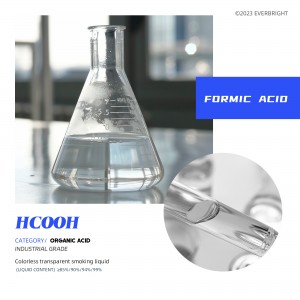
Formic acid
A colorless liquid with a pungent odor. Formic acid is a weak electrolyte, one of the basic organic chemical raw materials, widely used in pesticides, leather, dyes, medicine and rubber industries. Formic acid can be directly used in fabric processing, tanning leather, textile printing and dyeing and green feed storage, and can also be used as metal surface treatment agent, rubber auxiliary and industrial solvent.
-
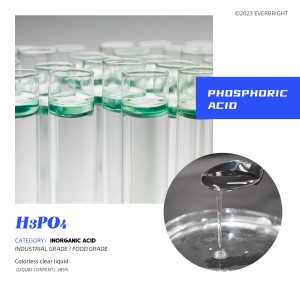
Phosphoric acid
A common inorganic acid, phosphoric acid is not easy to volatilize, not easy to decompose, almost no oxidation, with acid commonness, is a ternary weak acid, its acidity is weaker than hydrochloric acid, sulfuric acid, nitric acid, but stronger than acetic acid, boric acid, etc. Phosphoric acid is easily deliquified in the air, and heat will lose water to get pyrophosphoric acid, and then further lose water to get metaphosphate.
-

Potassium Carbonate
An inorganic substance, dissolved as a white crystalline powder, soluble in water, alkaline in aqueous solution, insoluble in ethanol, acetone, and ether. Strong hygroscopic, exposed to the air can absorb carbon dioxide and water, into potassium bicarbonate.
-
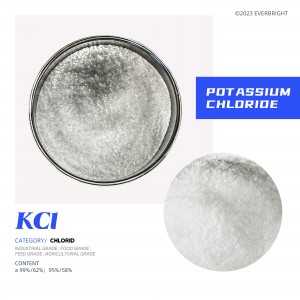
Potassium Chloride
An inorganic compound resembling salt in appearance, having a white crystal and an extremely salty, odorless, and nontoxic taste. Soluble in water, ether, glycerol and alkali, slightly soluble in ethanol, but insoluble in anhydrous ethanol, hygroscopic, easy to caking; The solubility in water increases rapidly with the increase of temperature, and often redecomposes with sodium salts to form new potassium salts.
-

4A Zeolite
It is a natural alumino-silicic acid, salt ore in the burning, due to the water inside the crystal is driven out, producing a phenomenon similar to bubbling and boiling, which is called “boiling stone” in image, referred to as “zeolite”, used as a phosphate-free detergent auxiliary, instead of sodium tripolyphosphate; In the petroleum and other industries, it is used as a drying, dehydration and purification of gases and liquids, and also as a catalyst and water softener.
-
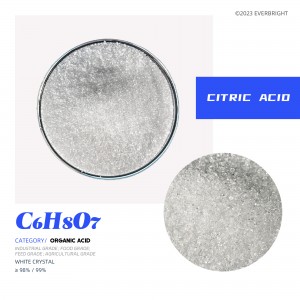
Citric Acid
It is an important organic acid, colorless crystal, odorless, has a strong sour taste, easily soluble in water, mainly used in food and beverage industry, can be used as sour agent, seasoning agent and preservative, preservative, can also be used in chemical, cosmetic industry as an antioxidant, plasticizer, detergent, anhydrous citric acid can also be used in food and beverage industry.
-

Sodium Silicate
Sodium silicate is a kind of inorganic silicate, commonly known as pyrophorine. Na2O·nSiO2 formed by dry casting is massive and transparent, while Na2O·nSiO2 formed by wet water quenching is granular, which can be used only when converted into liquid Na2O·nSiO2. Common Na2O·nSiO2 solid products are: ① bulk solid, ② powdered solid, ③ instant sodium silicate, ④ zero water sodium metasilicate, ⑤ sodium pentahydrate metasilicate, ⑥ sodium orthosilicate.
-
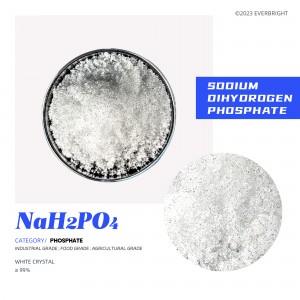
Sodium Dihydrogen Phosphate
One of the sodium salts of phosphoric acid, an inorganic acid salt, soluble in water, almost insoluble in ethanol. Sodium dihydrogen phosphate is a raw material for the manufacture of sodium hempetaphosphate and sodium pyrophosphate. It is colorless transparent monoclinic prismatic crystal with a relative density of 1.52g/cm².
-
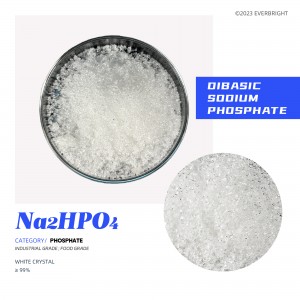
Dibasic Sodium Phosphate
It is one of the sodium salts of phosphoric acid. It is a deliquescent white powder, soluble in water, and the aqueous solution is weakly alkaline. Disodium hydrogen phosphate is easy to weather in the air, at room temperature placed in the air to lose about 5 crystal water to form heptahydrate, heated to 100℃ to lose all the crystal water into anhydrous matter, decomposition into sodium pyrophosphate at 250℃.
-

Ammonium Sulfate
An inorganic substance, colorless crystals or white particles, odorless. Decomposition above 280℃. Solubility in water: 70.6g at 0℃, 103.8g at 100℃. Insoluble in ethanol and acetone. A 0.1mol/L aqueous solution has a pH of 5.5. The relative density is 1.77. Refractive index 1.521.







